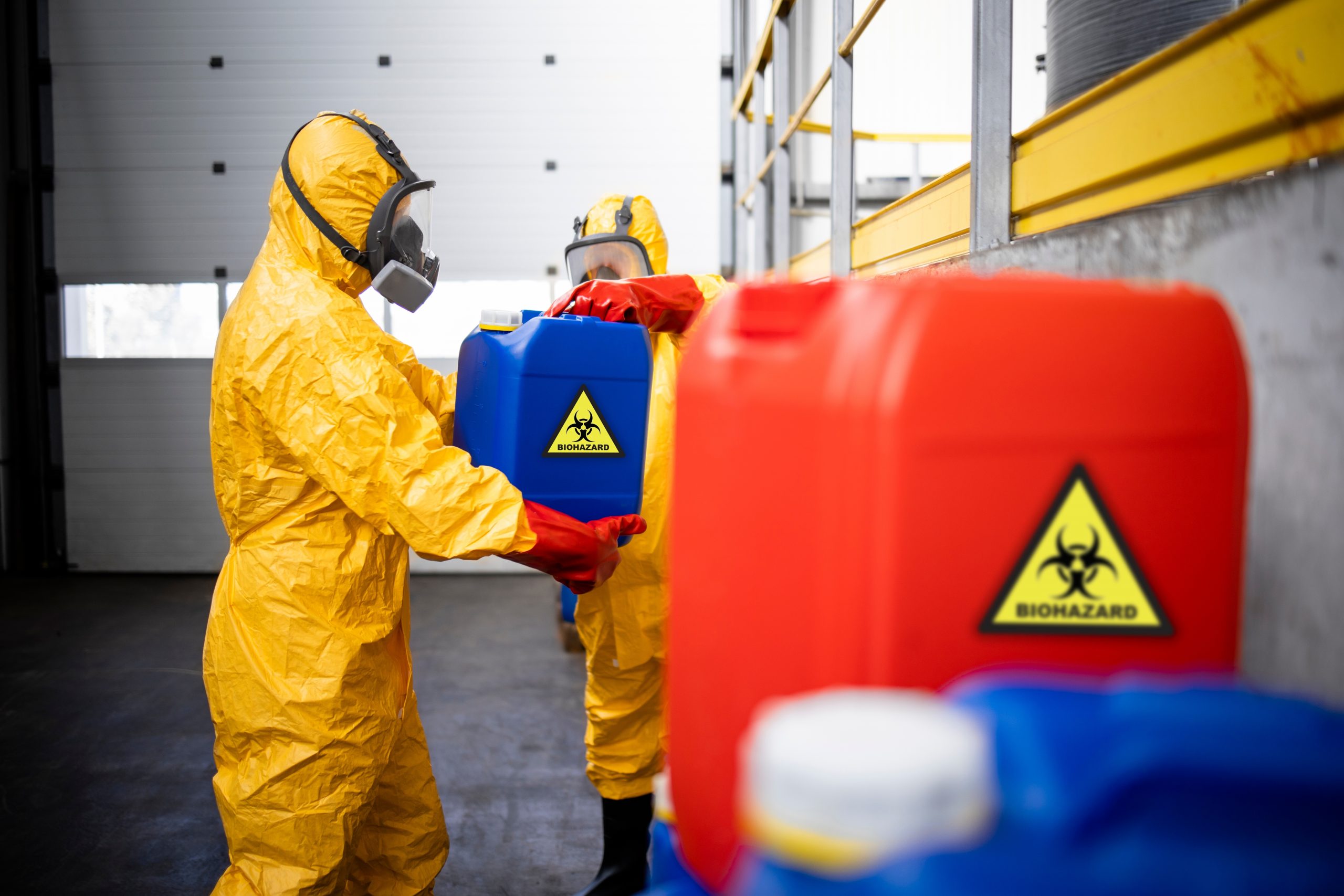How To Dispose Of Hazardous Waste
Hazardous waste disposal is a multifaceted issue that demands careful attention. The mismanagement of these materials can have far-reaching consequences, impacting human health, ecological balance, and regulatory compliance. Understanding the…
0 Comments
June 28, 2024


